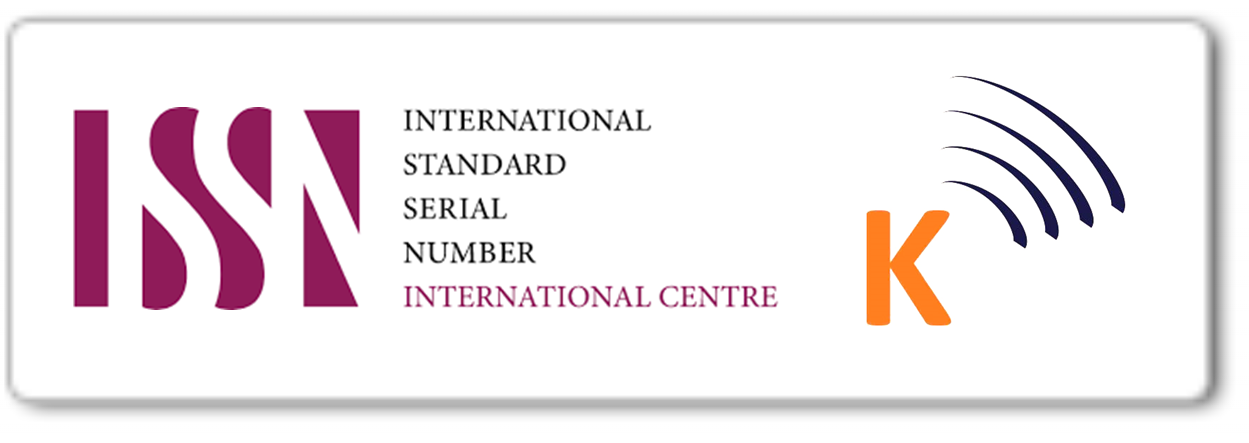PERAN DAN KOMPETENSI GURU DALAM E-LEARNING
Keywords: competencies, e-learning, pedagogy, teacher's roles
Abstract
E-learning has been growing rapidly despite its pros and cons. Good e-learning is based on principles and pedagogy similar to other type of leaming. Align with the shift of educafional paradigm from teacher-centered to student-centered, sooner or later teachers should adapt themselves to the new roles. This article discusses teachers' roles and competencies related to e-learning.
Downloads
References
Barajas, M., Scheuermann F.,& Kikis, K ( 2002).ls the Role of the Teacher as the "Knowledge Authority" in Danger in an !CT-Learning Setting? This text is a fragment corresponding to chapter 3.1 of the article "Critical indicators of innovative practices in /CT-supported learning", presented at PROMETEUS Conference held in Paris, 29th -30th September 2002. Diambil 5 Maret 2008, dari http://www.elearningeuropa.info/doc.php?lng=1&id=580&doclng=1&p3=1.
Berge, Z.L. (1998). Barriers To Online Teaching In Post-Secondary Institutions: Can Policy Changes Fix It? Online Journal of Distance Learning Administration, Volume I, Number 2, Summer 1998.
Doyle, T. (2006). The role of the teacher in a learner-centered classroom. Diambil 27 Januari 2007, dari http://www.ferris.edu/htmlslacademicslcenterlteaching_and_learning_ Tips/Learner-Centered%20Teaching!RoleofT eacher. htm.
Hall, B. (2006). The nature of "Student-Centred Learning". Diambil 24 November 2006, dari http://secondlanguagewriting.com/explorations/Archives/2006/Jul!StudentcenteredLearning.html.
Jones, K. L. (2007, June 12). The Advantages of eLearning. Diambil 17 Januari 2008, dari http://ezinearticles.com/?The-Advantages-of-eLeaming&id=603386.
Koohang, A. & Harman, K. (2005). Open source: A metaphor fore-learning. Informing Science: The International Journal of an Emerging Transdiscipline, 8, 75-86. Diambil 37 September 2007, dari http://flnform.nu/ArticlesNol8/v8p075-086Kooh.pdf.
Kopf, D. (2007). E-learning Market to hit $52.68 by 2010. The Journal: July 2007.
Kuntoro, R.D. & AI-Hawamdeh, S. (2003). E-Leaming in Higher Educational Institutions in Indonesia. Journal of Information & Knowledge Management (JIKM). Vol. 2, Issue 4. pp. 361 -374. Diambil 14 Februari 2006, dari http://www.worlscinet.com/jikm/02/0204/50219649203000553.html.
Nichols, M. (2008). E-learning in context. Diambil 5 Januari 2008 dari Creative Commons Attribution-No derivative works 3.0 New Zealand. http://creativecommons.orgnicenses/byÂ-nd/3.0/nz/.
Nugraheni, E. (2007). Student centered learning dan implikasinya terhadap proses pembelajaran. Jurnal Pendidikan, Volume 8, Nomor 1, Maret 2007, 1-10.
O'Neill, G. & McMahon, T. (2005). Student-centred learning: What does it mean for students and lecturers? Diambil 25 November 2006, dari http://www.aishe.org!readings/2005-1/oneillmcmahon-T ues_ 19th_ Oct_ SCL.html.
Queiroz, V & Mustaro, P.N. (2003). Roles and competencias of online teachers. The Internet TESL Journal, Vol. IX, No. 7, July 2003. Diambil 10 Februari 2008, dari http://iteslj.org/Articles/Queiroz-Online/Teachers.html.
Sadik, A. (2007). The Readiness of Faculty Members to Develop and Implement E-Learning: The Case of an Egyptian University. Intemational Journal on ELeaming. Norfolk: 2007. Vol. 6, lss. 3; pg. 433, 21 pgs.
Seok, S. (2008). Teaching Aspects of E-leaming. International Journal on ELearning. Norfolk: 2008. Vol. 7, lss. 4; pg. 725, 17 pgs.







